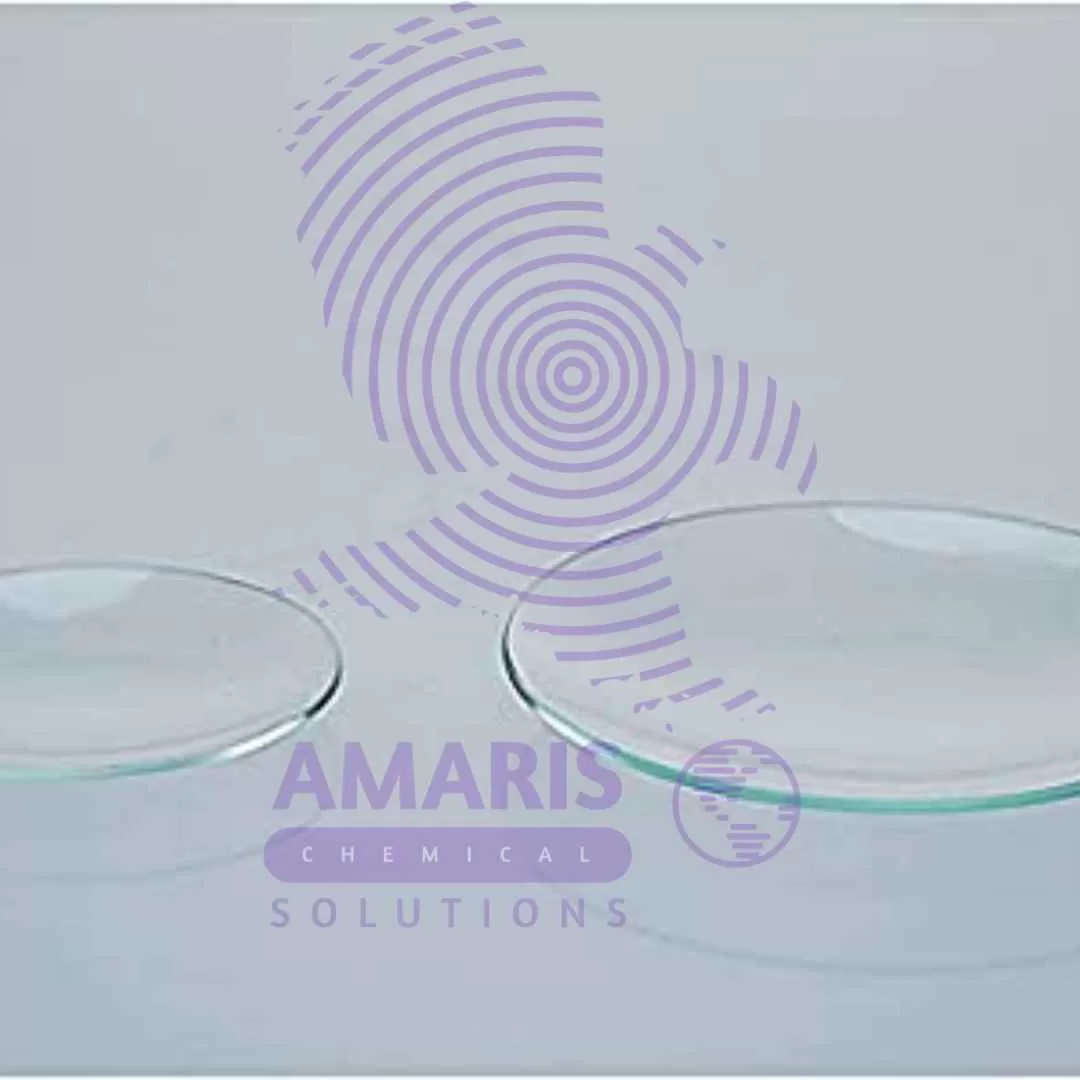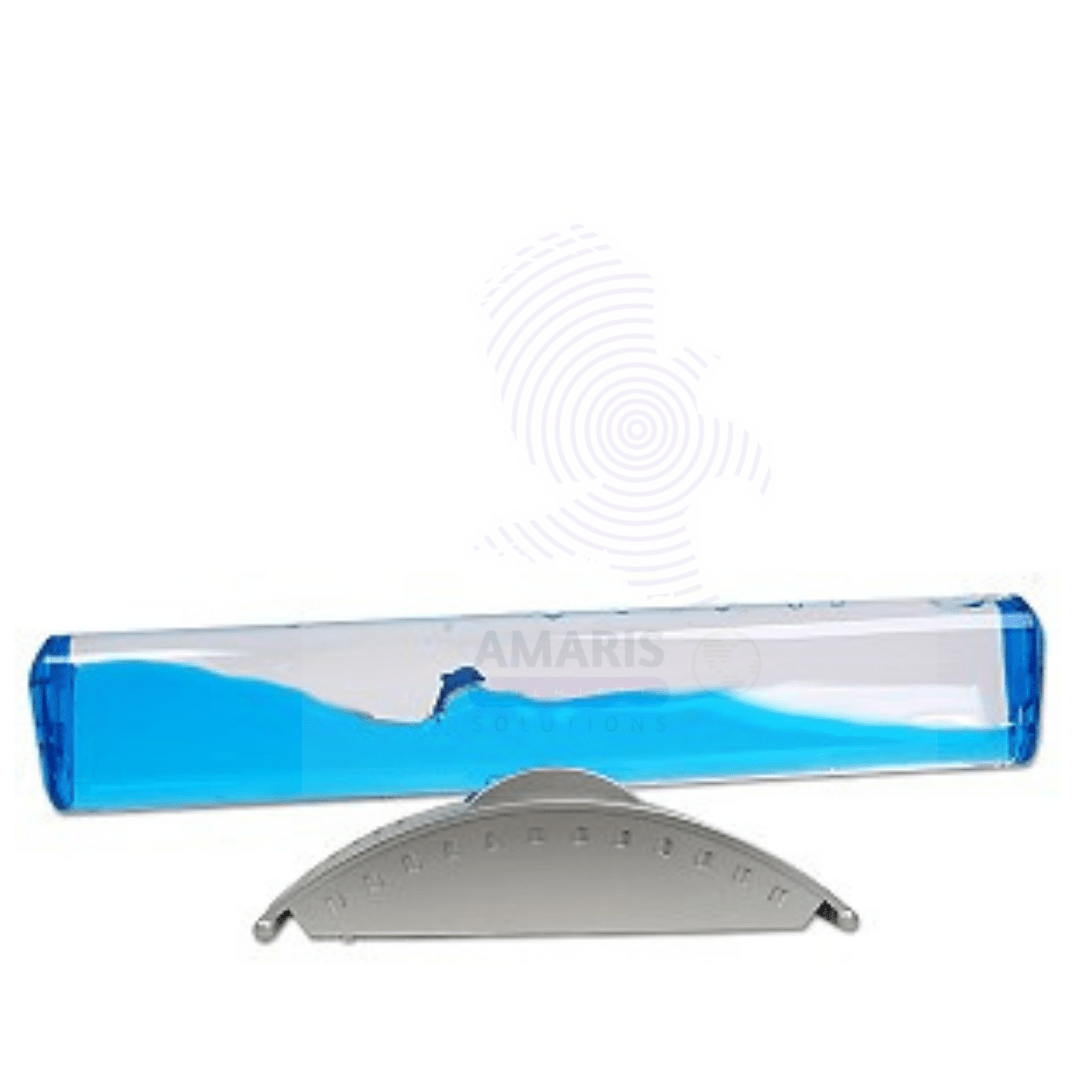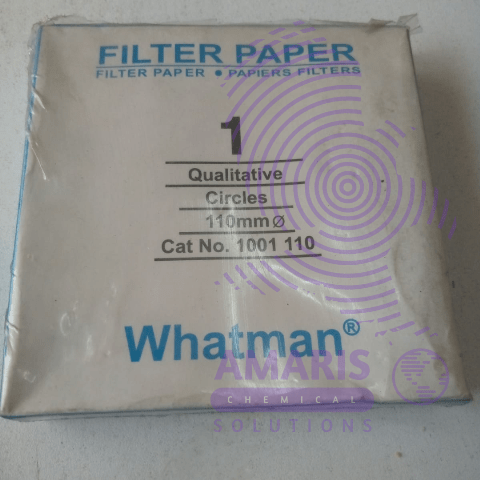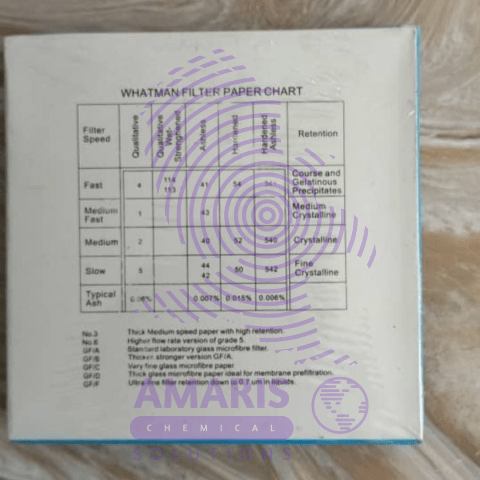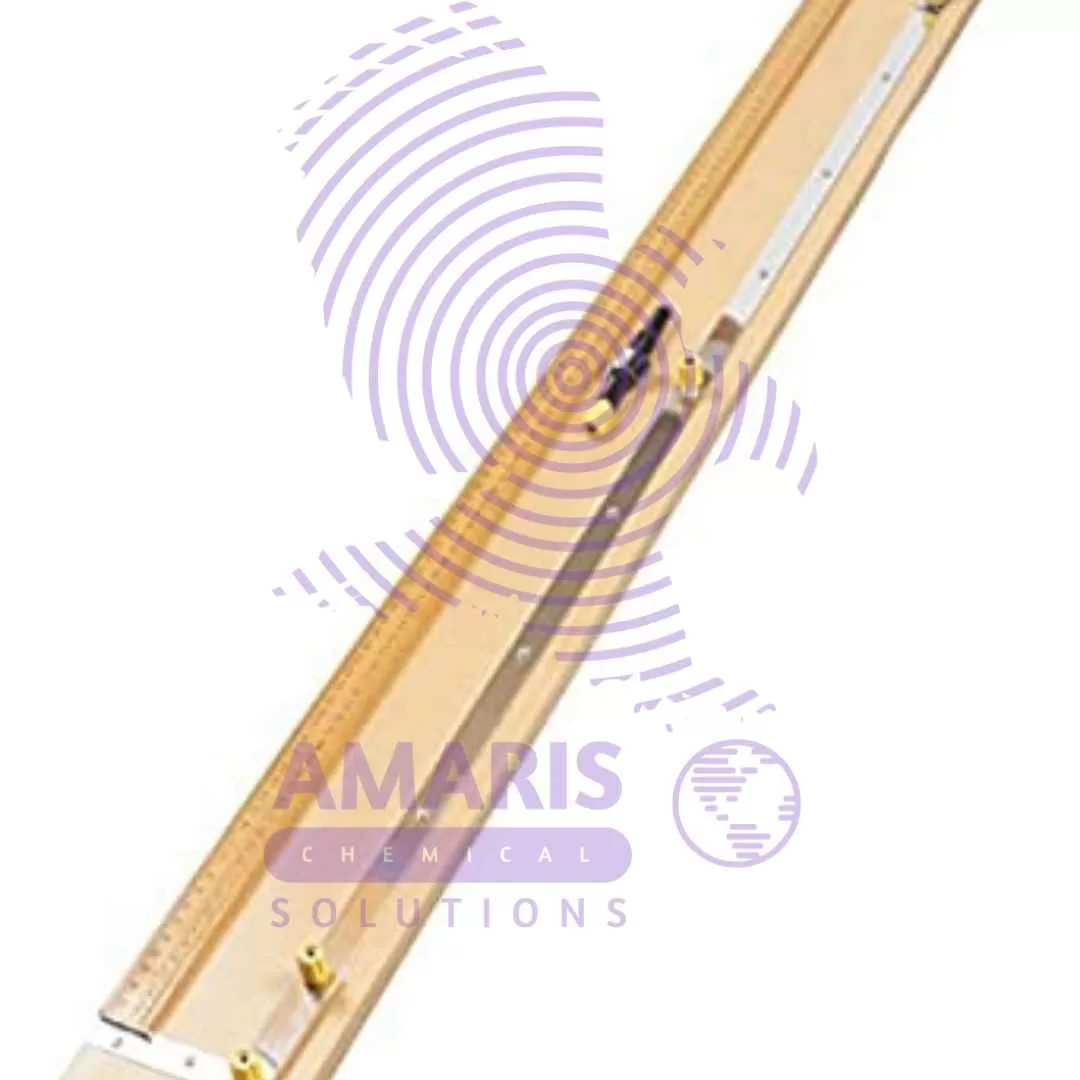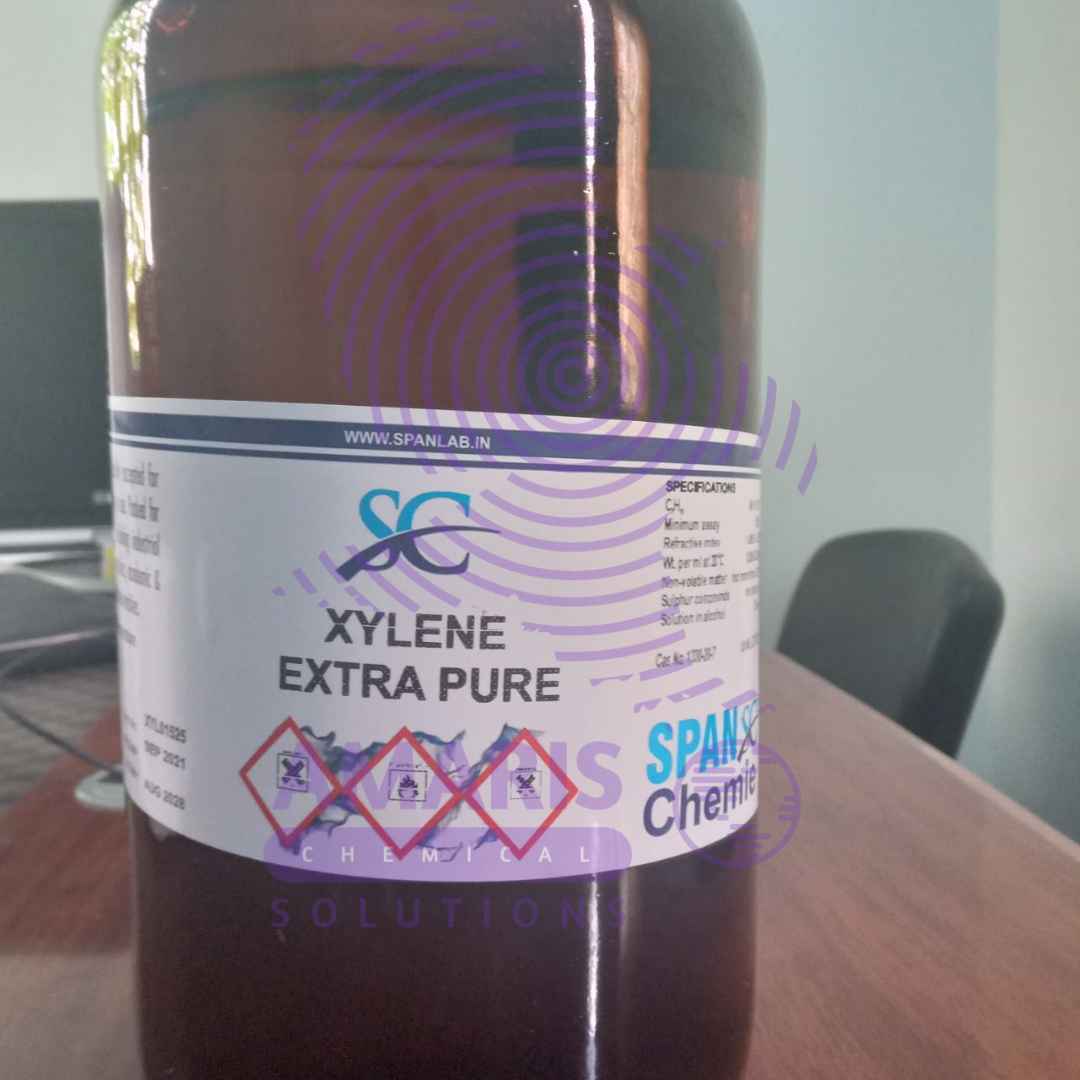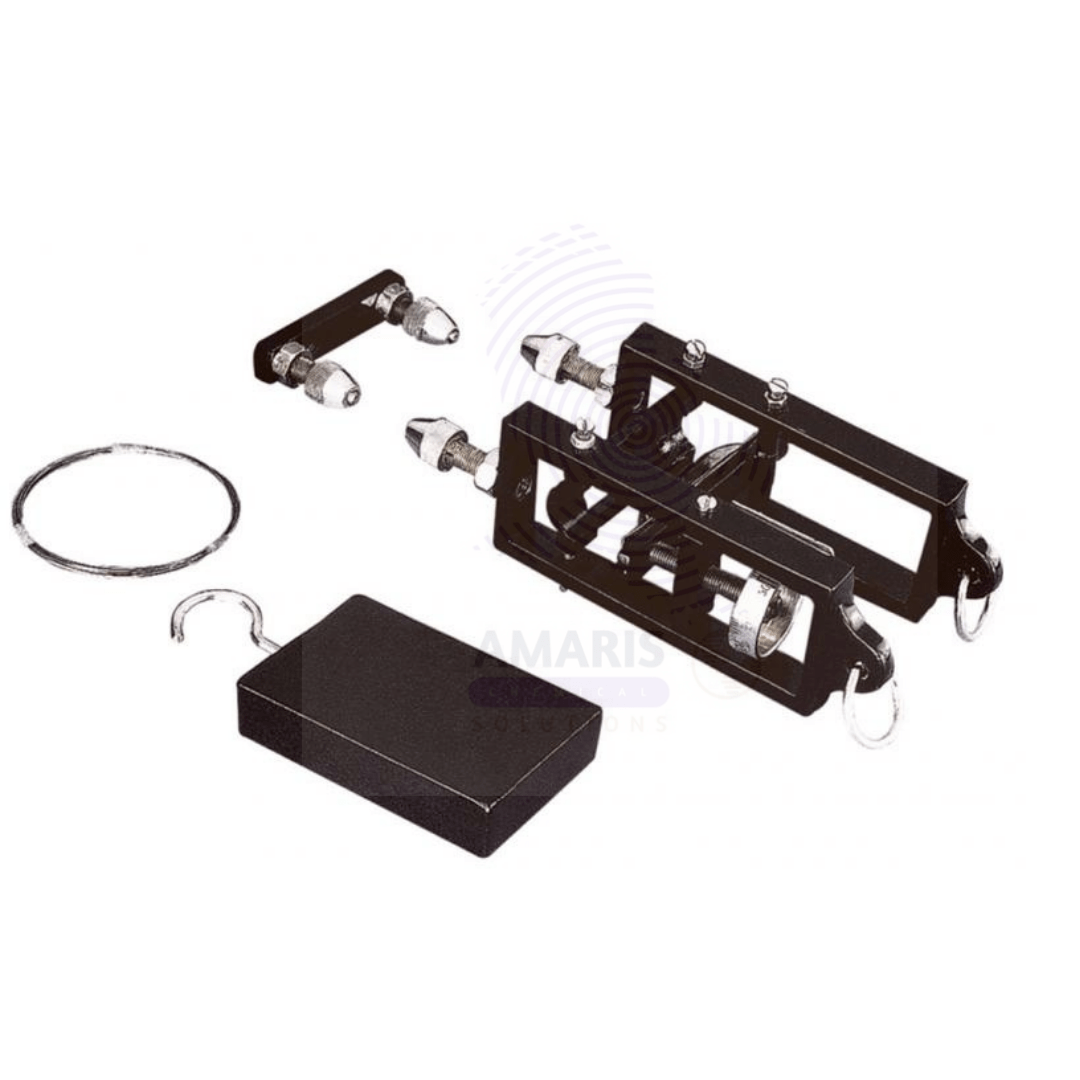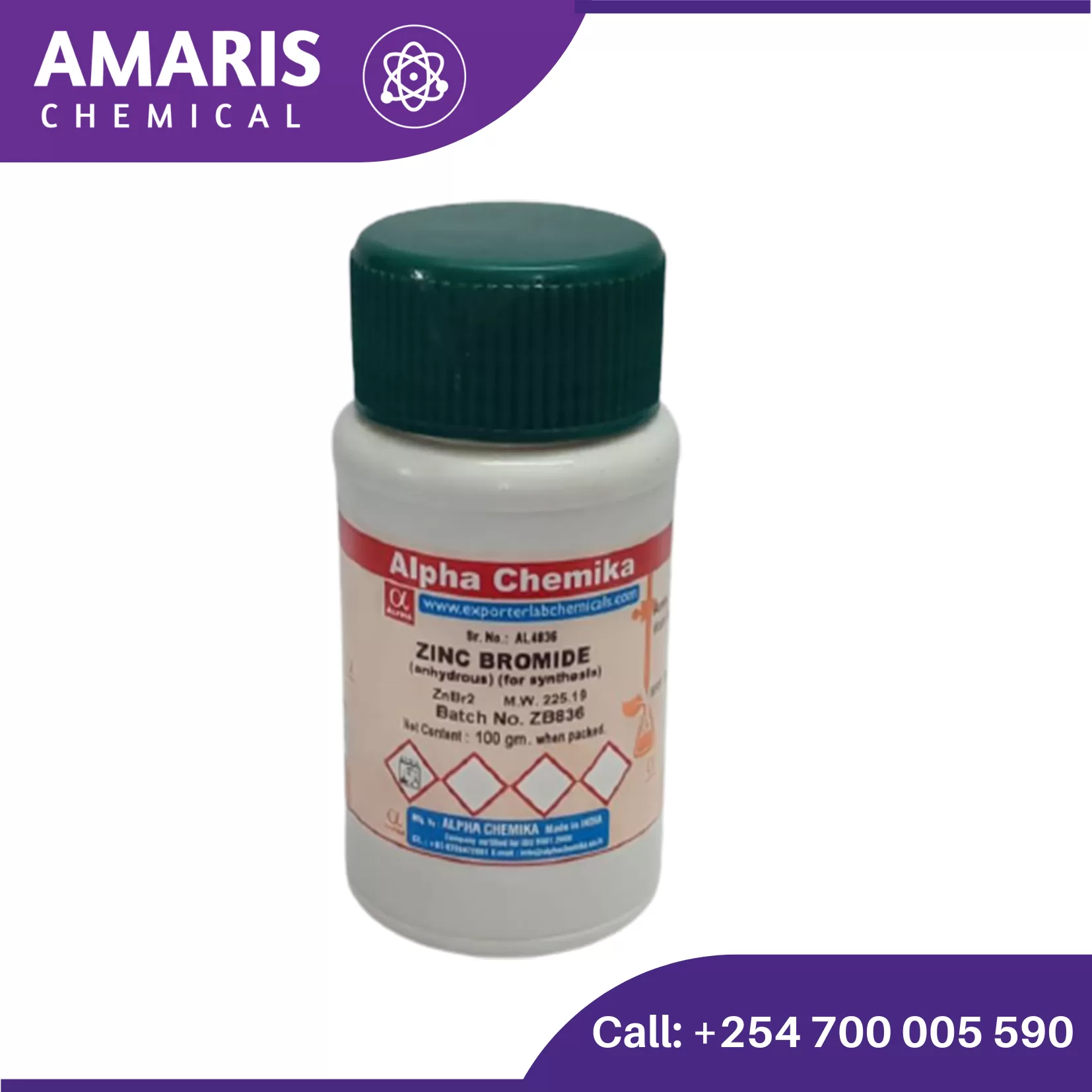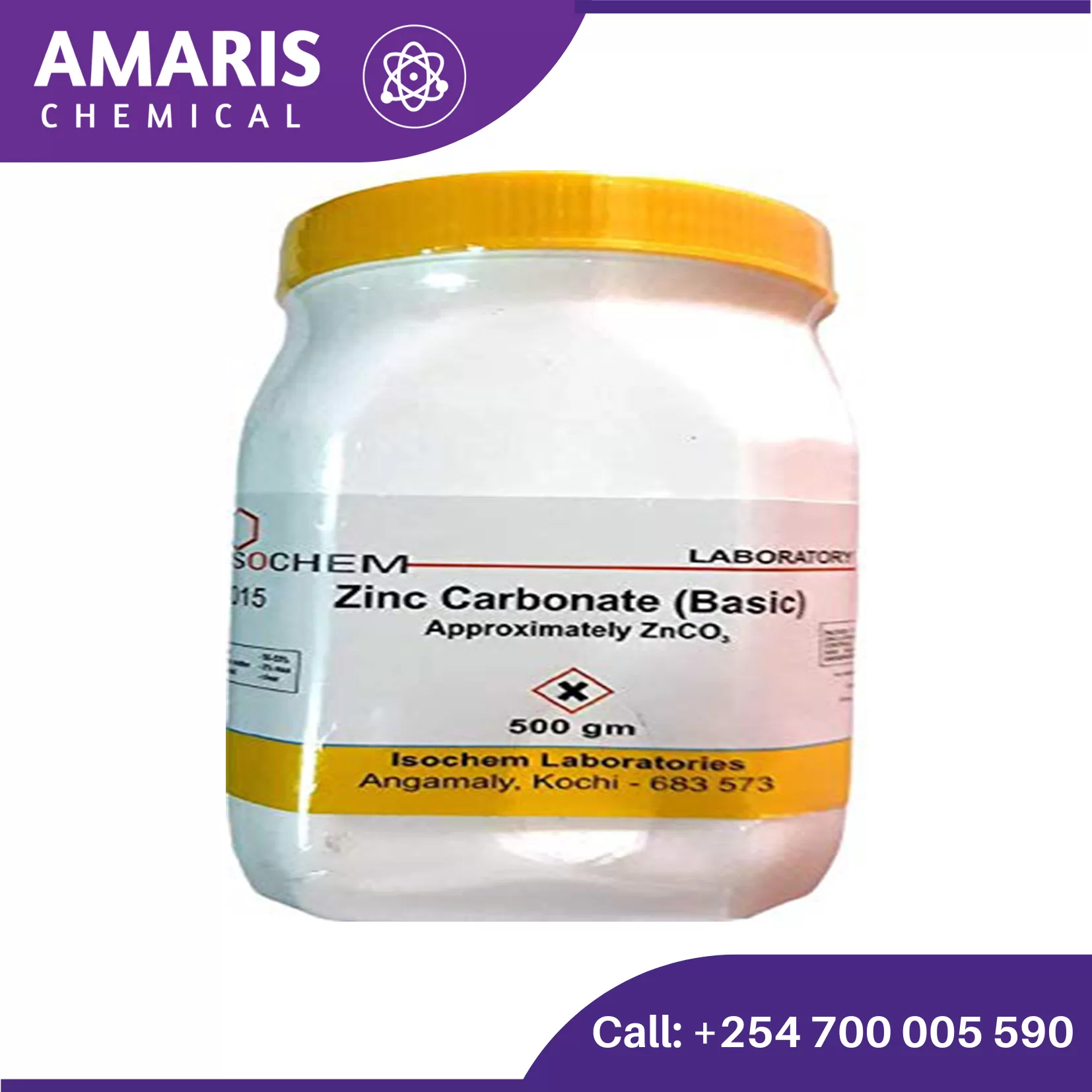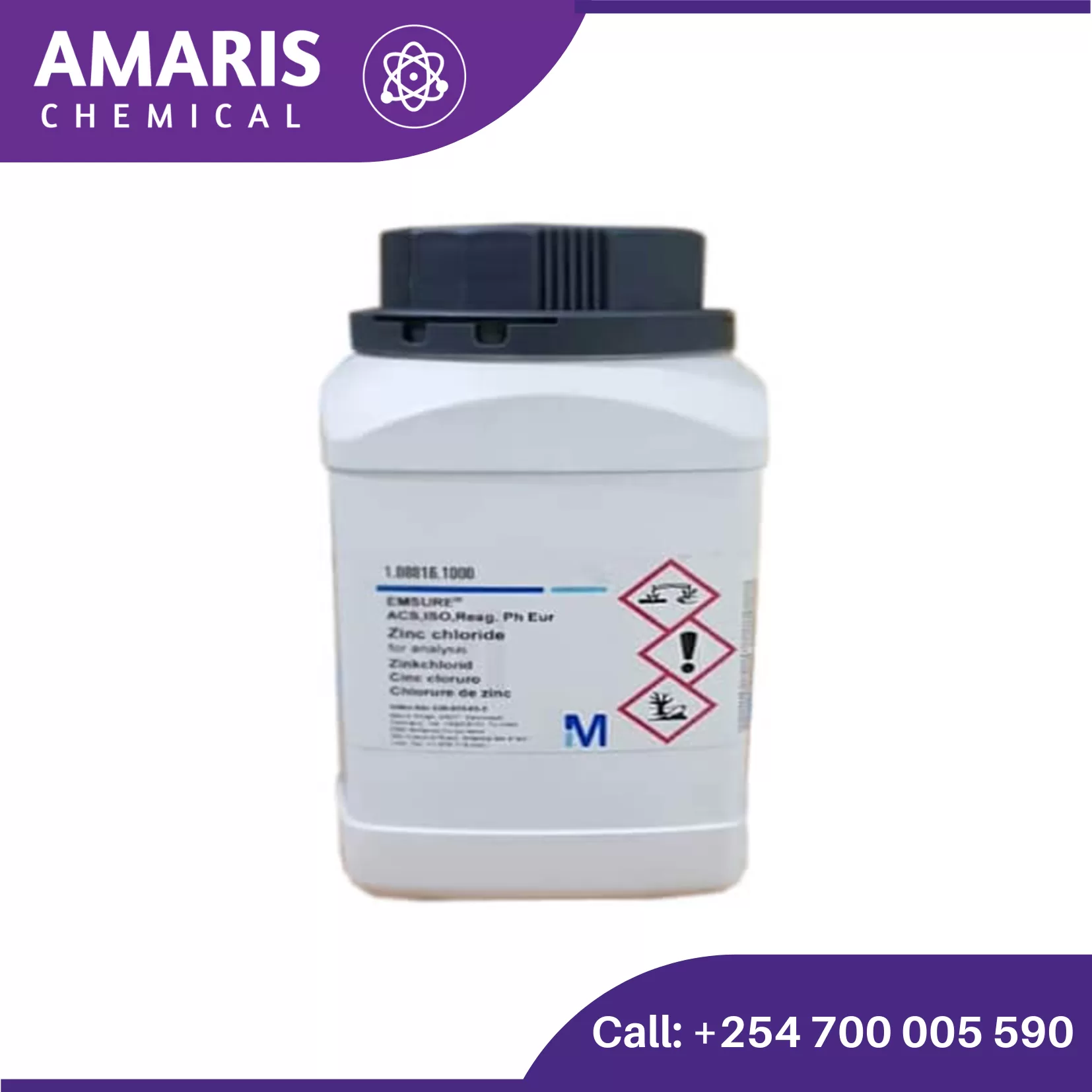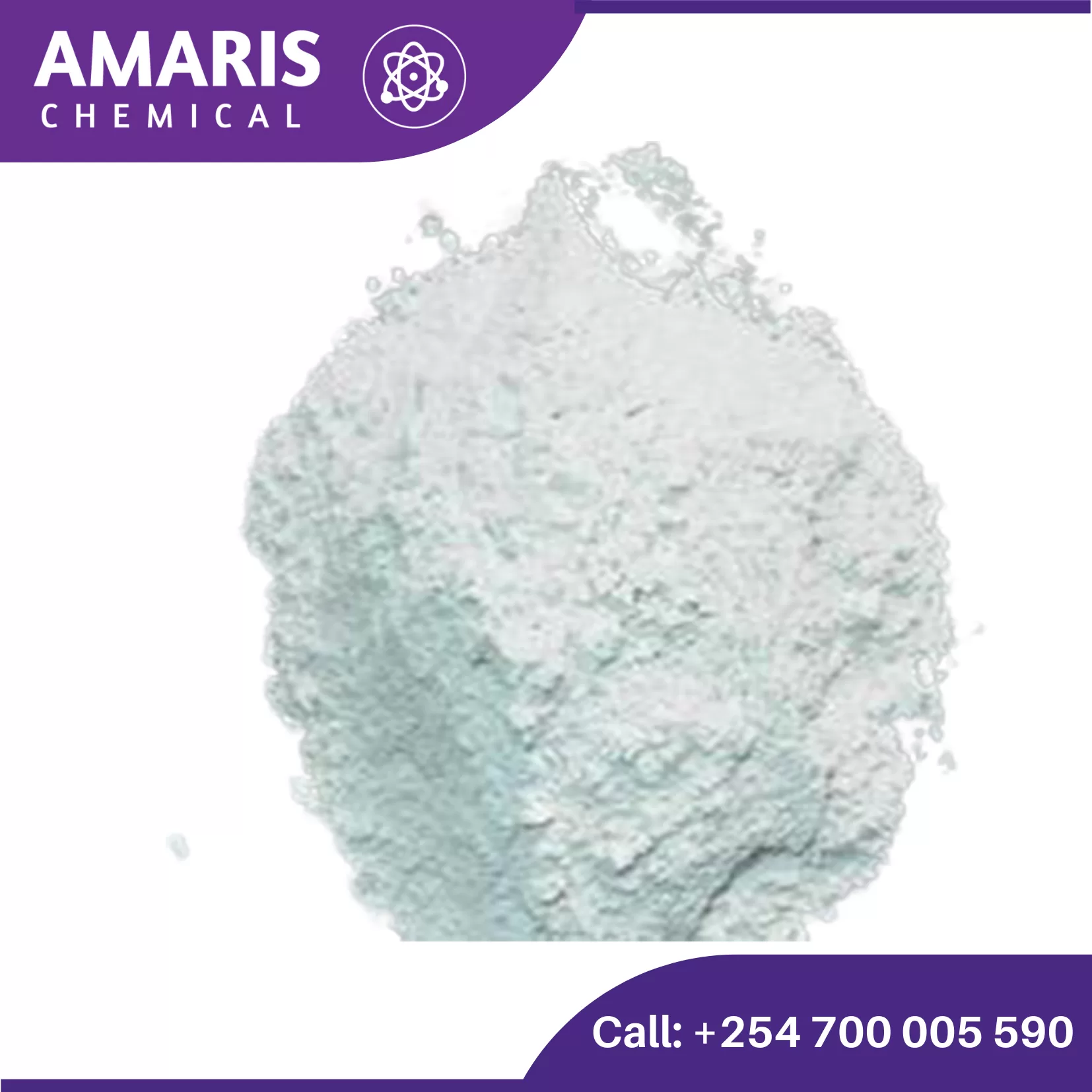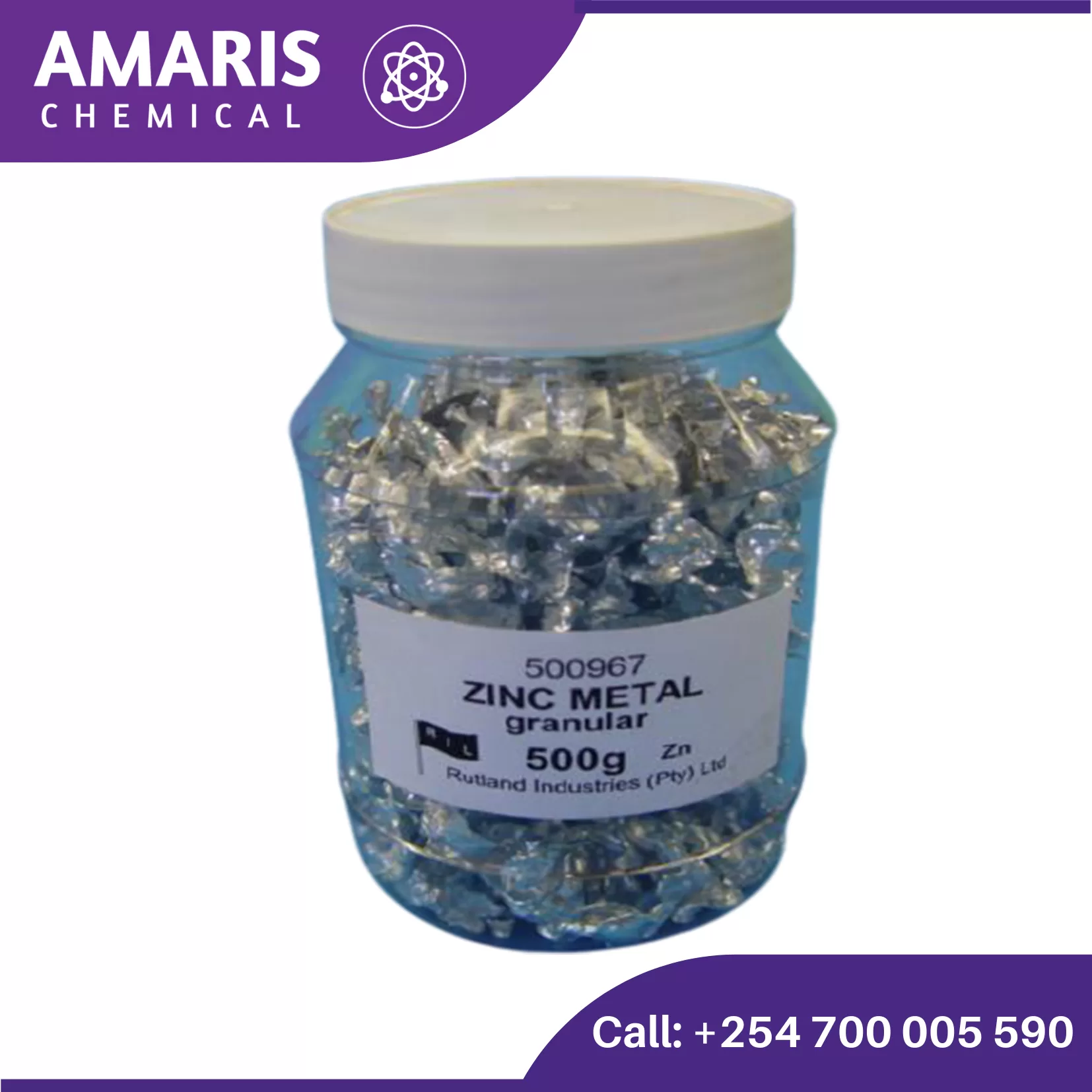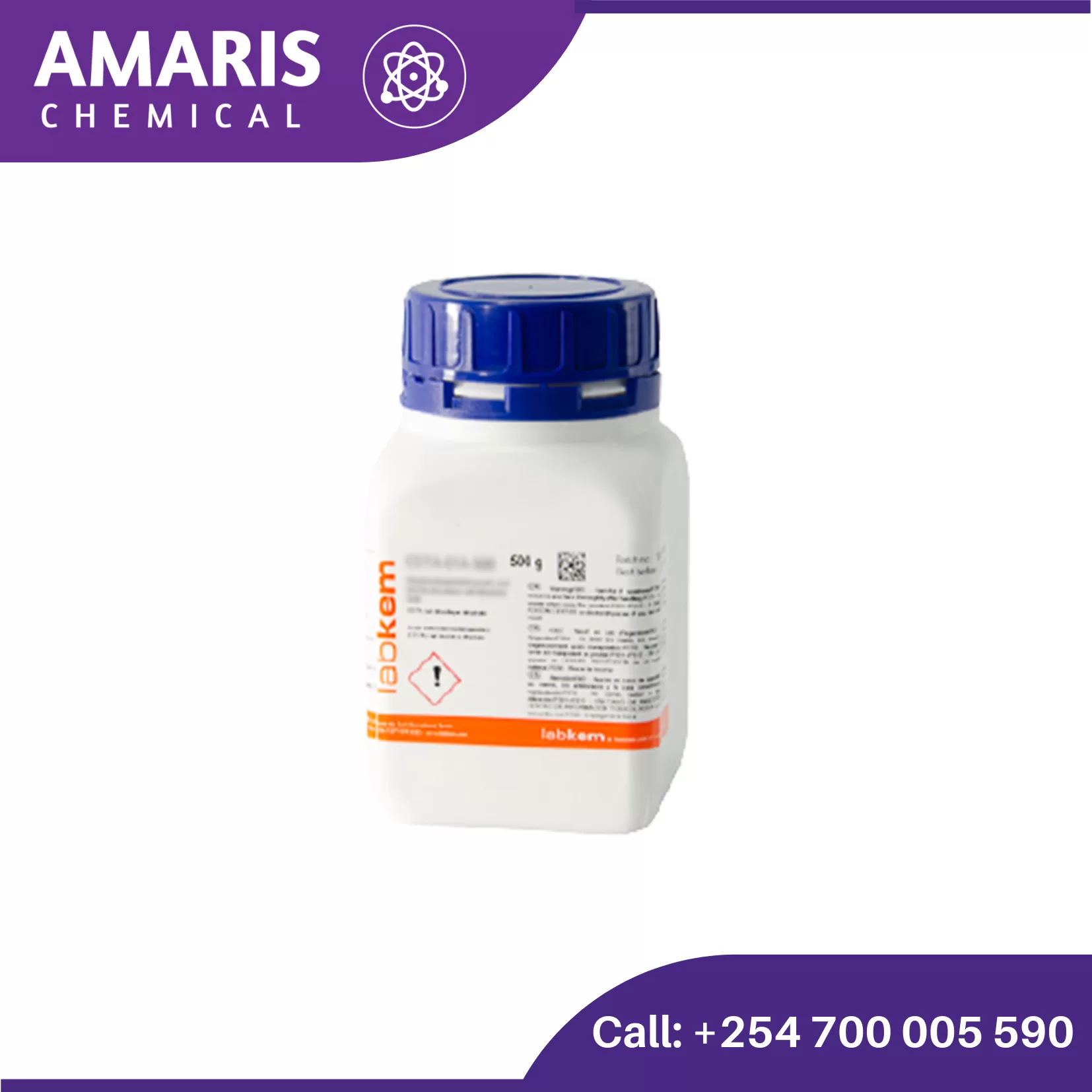wash glass 50mm 75mm
Washing laboratory glassware is essential to ensure accurate and uncontaminated results in experiments. Here's a basic guide on how to wash laboratory glass:
- Preparation: Wear appropriate personal protective equipment (PPE) such as gloves and safety glasses before handling any glassware.
- Disposal: Dispose of any chemicals or solutions in the glassware properly according to your lab's waste management protocols.
- Rinsing: Rinse the glassware with water to remove any remaining substances. Use distilled water if necessary to avoid introducing contaminants.
- Cleaning Solution: Choose an appropriate cleaning solution based on the substances previously in the glassware and the type of contamination. Common options include detergent solutions, acid baths, or specialized cleaning agents.
- Soaking: Soak the glassware in the cleaning solution for a sufficient amount of time to loosen any stubborn residues.
- Brushing: For particularly stubborn residues, use a bottle brush or appropriate cleaning brush to scrub the inside of the glassware gently. Be careful not to scratch the glass.
- Rinsing Again: After cleaning, thoroughly rinse the glassware with water to remove any traces of the cleaning solution.
- Drying: Allow the glassware to air dry or use a clean lint-free towel to dry it manually.
- Inspection: Before storing or reusing the glassware, inspect it for cleanliness. Ensure there are no residues or particles remaining that could contaminate future experiments.
- Storage: Store the clean, dry glassware in a clean, designated area to prevent contamination before its next use.
Wave machine
Wave machines used in laboratories are sophisticated devices designed to study the properties and behaviors of waves under controlled conditions. These machines are crucial for research and educational purposes, allowing scientists and students to observe wave phenomena, test theories, and develop new technologies. Here are some common types of wave machines used in laboratories:
1. Ripple Tanks
Ripple tanks are shallow glass tanks filled with water, used to study wave behaviors such as reflection, refraction, diffraction, and interference. A light source above the tank illuminates the water, and the waves are generated by a vibrating motor or manually using a point source or a bar.2. Wave Flumes
Wave flumes are long, narrow tanks of water used to study wave propagation, coastal engineering, and sediment transport. They can simulate waves of different heights and periods, making them ideal for studying the impact of waves on structures and shorelines.3. Wave Basins
Wave basins are larger, more expansive versions of wave flumes. They allow for the study of wave interactions with complex structures such as offshore platforms, breakwaters, and harbors. They are particularly useful in marine and civil engineering research.4. Electromagnetic Wave Simulators
These devices are used to study the properties of electromagnetic waves, including microwaves and radio waves. They typically consist of antennas, waveguides, and receivers to generate and measure waves, facilitating research in telecommunications, radar, and other fields.5. Sound Wave Generators
Sound wave generators produce and manipulate sound waves for research in acoustics. These include loudspeakers, microphones, and specialized equipment to measure wave speed, frequency, and amplitude. They are essential in fields such as audio engineering, noise control, and hearing research.6. Mechanical Wave Machines
Mechanical wave machines, such as the Shive wave machine, use interconnected rods or strings to simulate transverse or longitudinal wave motion. These machines are often used in educational settings to visually demonstrate wave principles and properties.Key Features and Components
- Wave Generators: Devices that create waves, either mechanically, electrically, or pneumatically.
- Wave Absorbers: Structures or materials that dampen or absorb waves to prevent reflections and simulate infinite wave propagation.
- Sensors and Probes: Instruments used to measure wave properties such as amplitude, frequency, speed, and pressure.
- Control Systems: Computers and software that precisely control wave generation and analyze data.
Applications
- Physics Education: Demonstrating fundamental wave principles to students.
- Engineering Research: Studying the impact of waves on structures and developing wave-resistant designs.
- Environmental Studies: Understanding natural wave patterns and their effects on ecosystems and coastal regions.
- Acoustics: Exploring sound wave behavior for applications in music, speech, and noise control.
Whetstone bridge with pencil jockey
A Wheatstone bridge is a circuit used to measure an unknown electrical resistance by balancing two legs of a bridge circuit. The classic Wheatstone bridge consists of four resistors forming a loop with a voltage source applied across one pair of diagonally opposite corners and a galvanometer connected across the other pair. When the bridge is balanced, the galvanometer indicates zero current flow, indicating that the ratio of the two resistor values on one side of the bridge equals the ratio on the other side.
A "pencil jockey" is a colloquial term for a technician or engineer who manually adjusts the resistors in the Wheatstone bridge circuit to achieve balance. The term "pencil" refers to the fine adjustments often made using a pencil or other tool to precisely dial in the resistance values.
In a laboratory setting, the Wheatstone bridge with a pencil jockey would be used to measure unknown resistances with high precision. The technician would adjust the resistors until the galvanometer reads zero, indicating a balanced bridge, at which point the ratio of the known resistors to the unknown resistor can be used to calculate its value. This setup allows for accurate measurement of resistances in various experimental setups, calibration procedures, or quality control processes.
Xylene 2.5 liters
Xylene refers to a group of three isomeric aromatic hydrocarbon compounds: ortho-xylene, meta-xylene, and para-xylene. It is a colorless, flammable liquid with a sweet odor. Xylene is primarily used as a solvent in various industrial processes, including the production of paints, coatings, adhesives, and rubber. It can also be found in small amounts in gasoline and other petroleum products.
Young modules apparatus
Young's modulus is a fundamental concept in material science and engineering, representing the stiffness of a material. It's typically measured using a device called a "Young's modulus apparatus" or simply "Young's modulus tester." This apparatus is used to determine the modulus of elasticity of a material, which is essentially its ability to deform under stress and return to its original shape when the stress is removed.
The apparatus usually consists of the following components:
- Test Specimen: This is the material sample whose Young's modulus needs to be determined. It could be a rod, wire, or any other shape depending on the requirements.
- Supports: The specimen is usually supported at its ends to ensure uniform loading and accurate measurements.
- Loading Mechanism: This applies stress or force to the specimen. It could be weights, hydraulic systems, or other mechanisms capable of applying controlled loads.
- Measurement Device: This could be a strain gauge, extensometer, or other devices capable of measuring the deformation of the specimen accurately.
- Data Acquisition System: This system records the applied force and the resulting deformation or strain in the specimen.
Zinc Carbonate 500gm
Analytical Reagents, Antioxidants, Catalysts, Excipients, Fertilizers, Wastewater Treatment Chemicals
Zinc carbonate (ZnCO₃) is a white, odorless powder that occurs naturally as the mineral smithsonite. It’s used in various applications including as a pigment in paints, a filler in rubber, and as a dietary supplement. Chemically, it's known for its ability to decompose upon heating to release carbon dioxide and zinc oxide. In the medical field, it's employed in topical preparations to treat skin conditions. Overall, zinc carbonate is valued for its versatility and effectiveness across different uses.
Zinc Chloride 500gm
Zinc chloride (ZnCl₂) is a white crystalline solid that is highly soluble in water. It is hygroscopic, meaning it can absorb moisture from the air. Zinc chloride is commonly used in various industrial applications, such as a flux for soldering, a catalyst in organic synthesis, and a wood preservative. It also has uses in textile processing, chemical synthesis, and as a disinfectant. Due to its ability to dissolve in water and its caustic nature, it should be handled with care, using appropriate safety measures.
Zinc Hydroxide 250gm
Zinc Metal Granular 500gm
Zinc metal granular consists of small, granular particles of zinc. It is a versatile material widely used in various applications, including as a corrosion-resistant coating in galvanization, in batteries, and in various chemical reactions. Its granular form enhances its surface area, making it effective in processes where rapid reaction or increased contact is needed. Zinc is known for its ability to protect other metals from rusting, thanks to its sacrificial corrosion properties. This form is also valuable in industrial processes where precise measurements and controlled reactions are essential.










